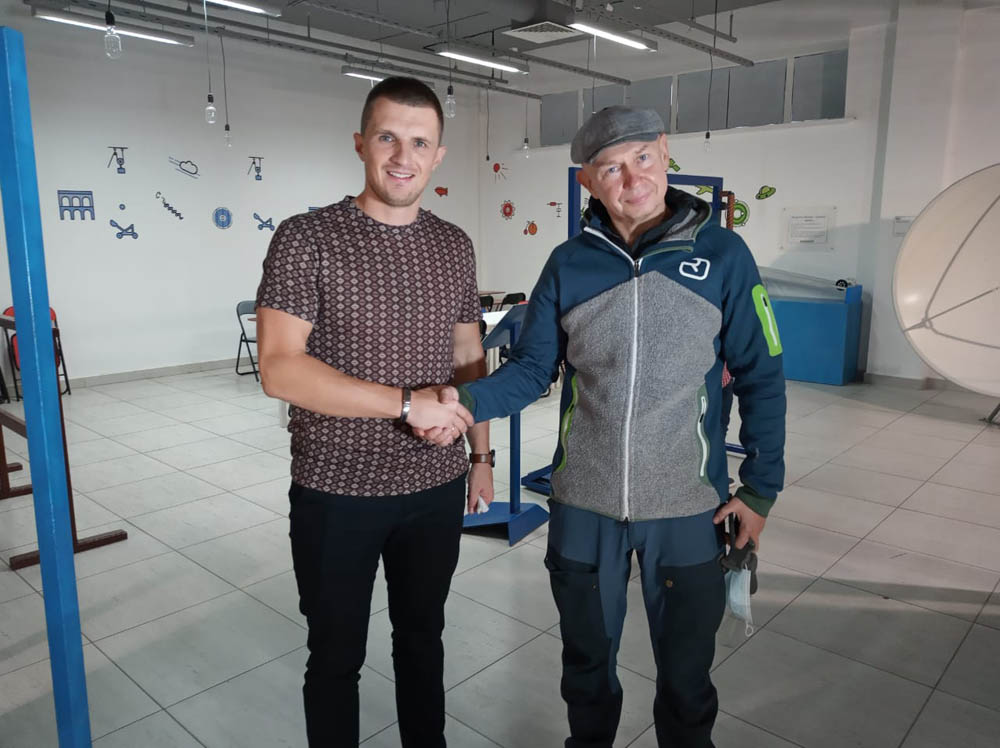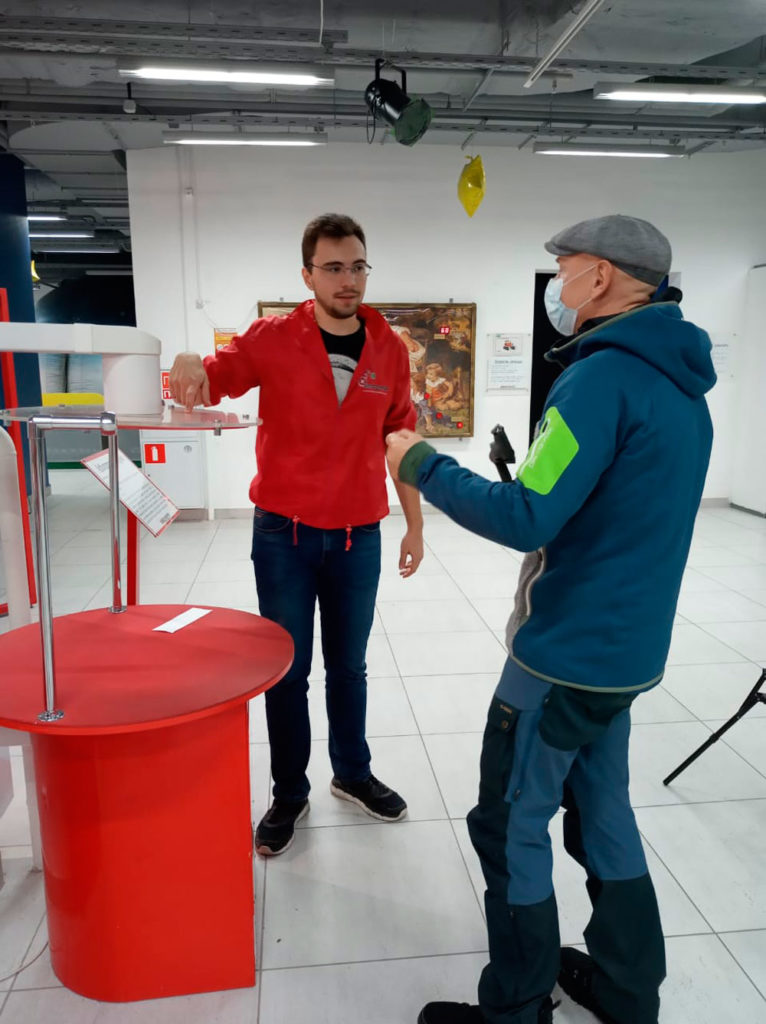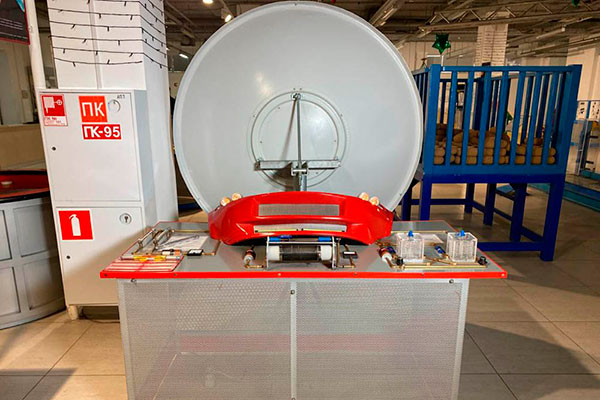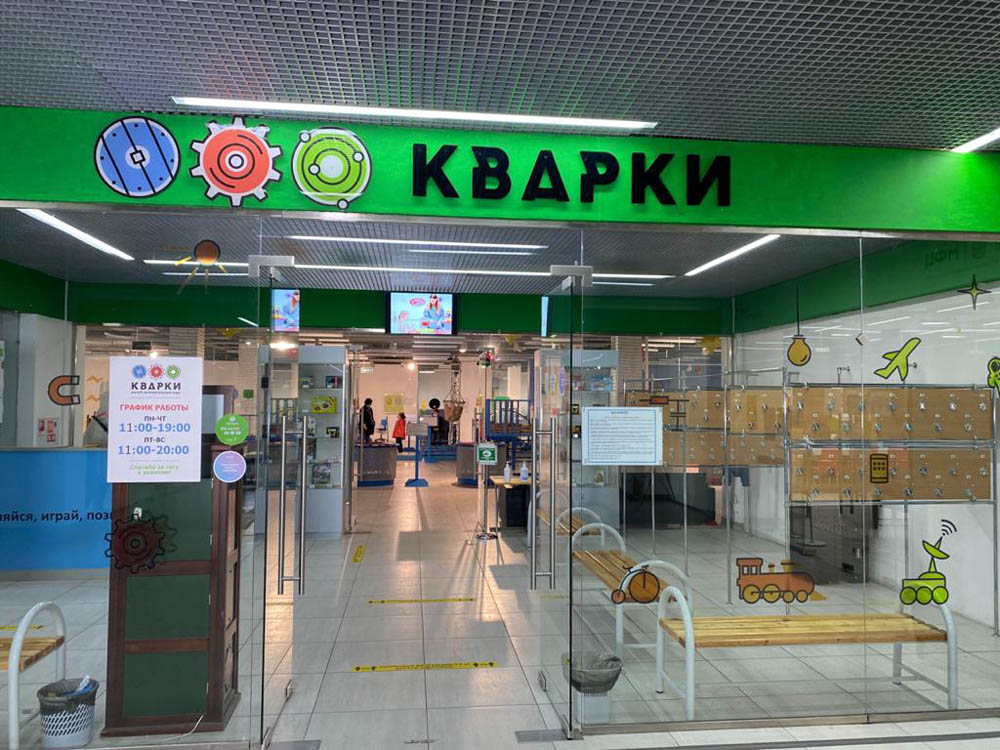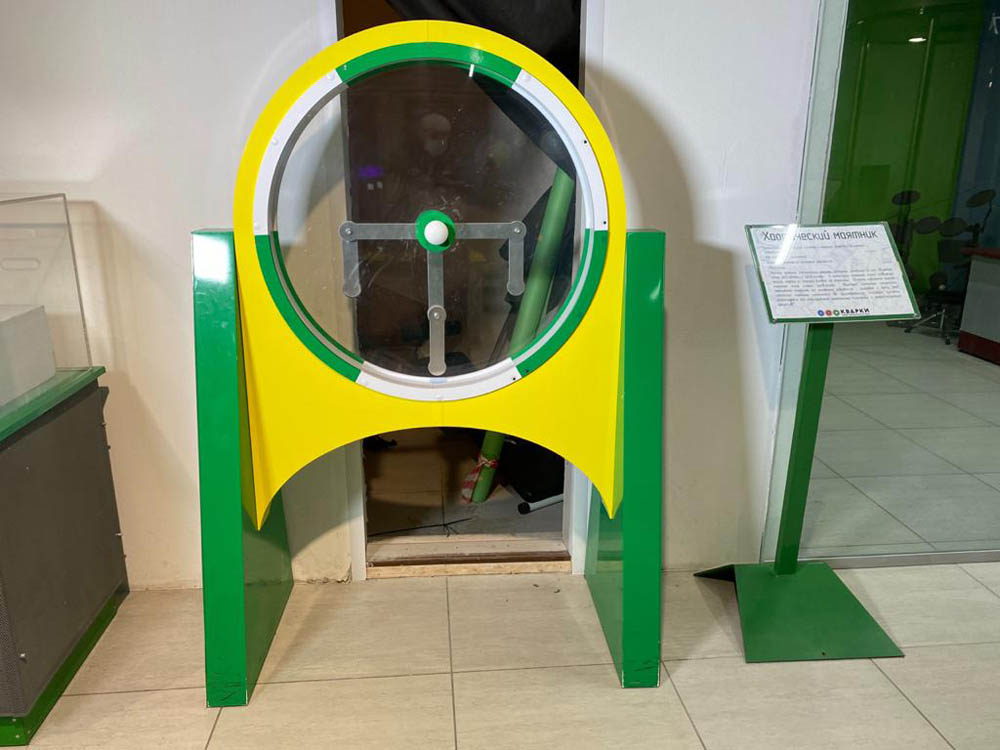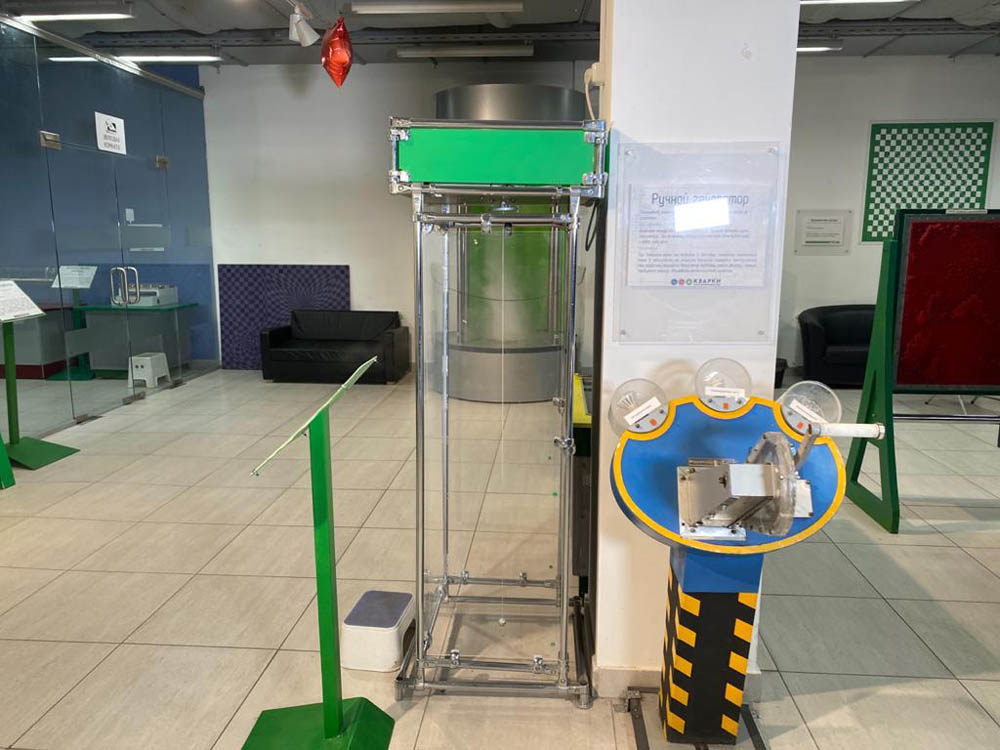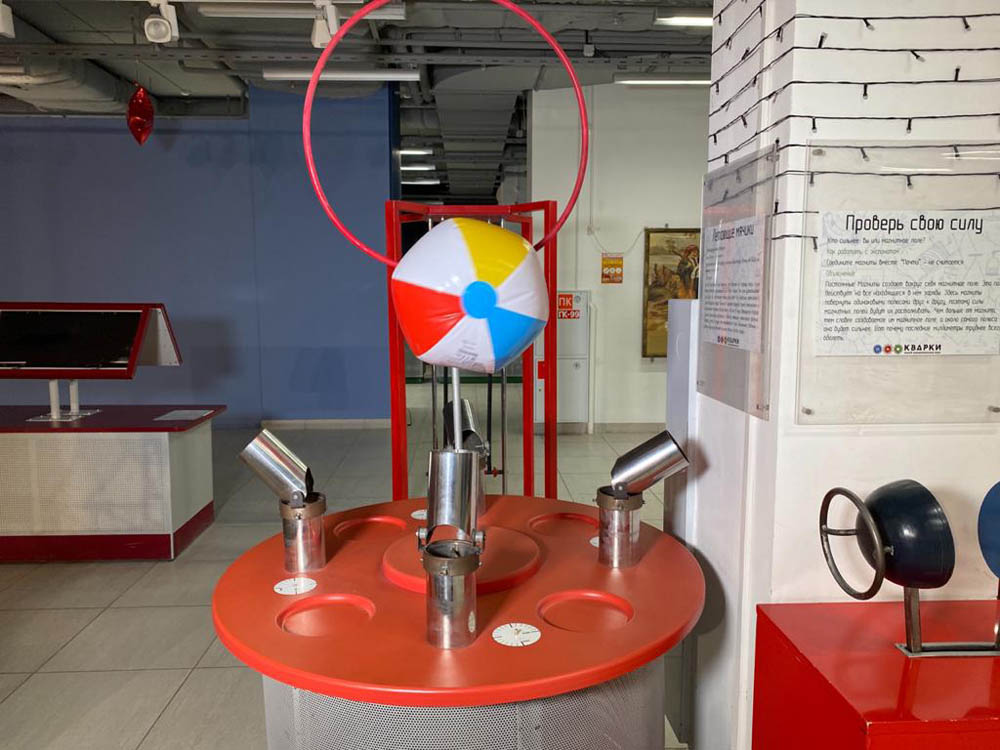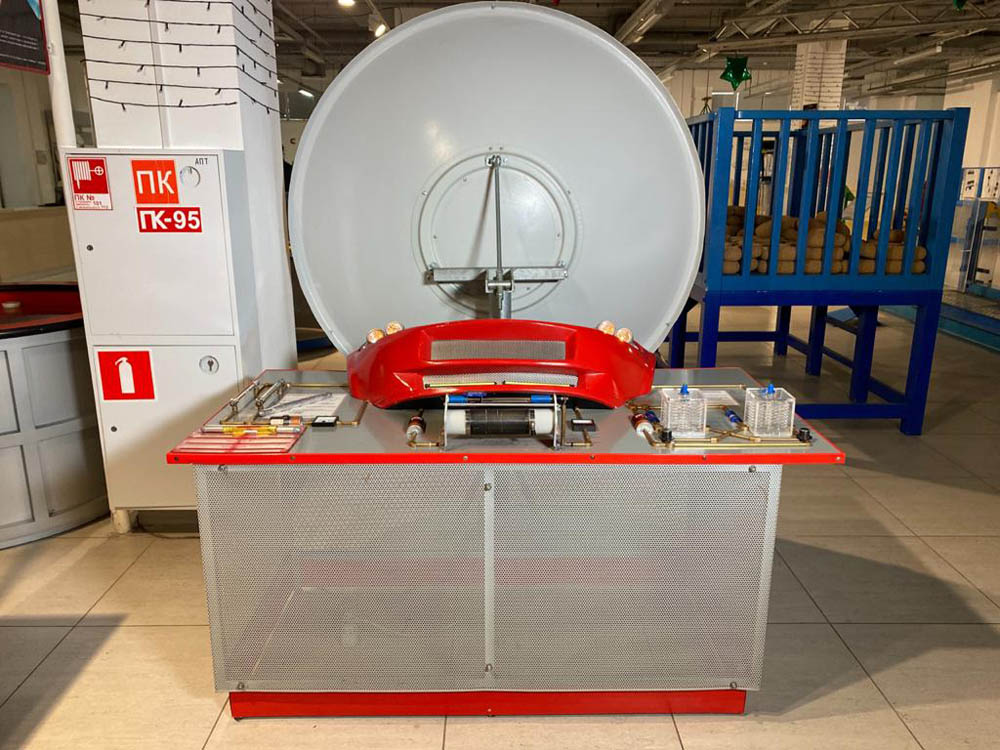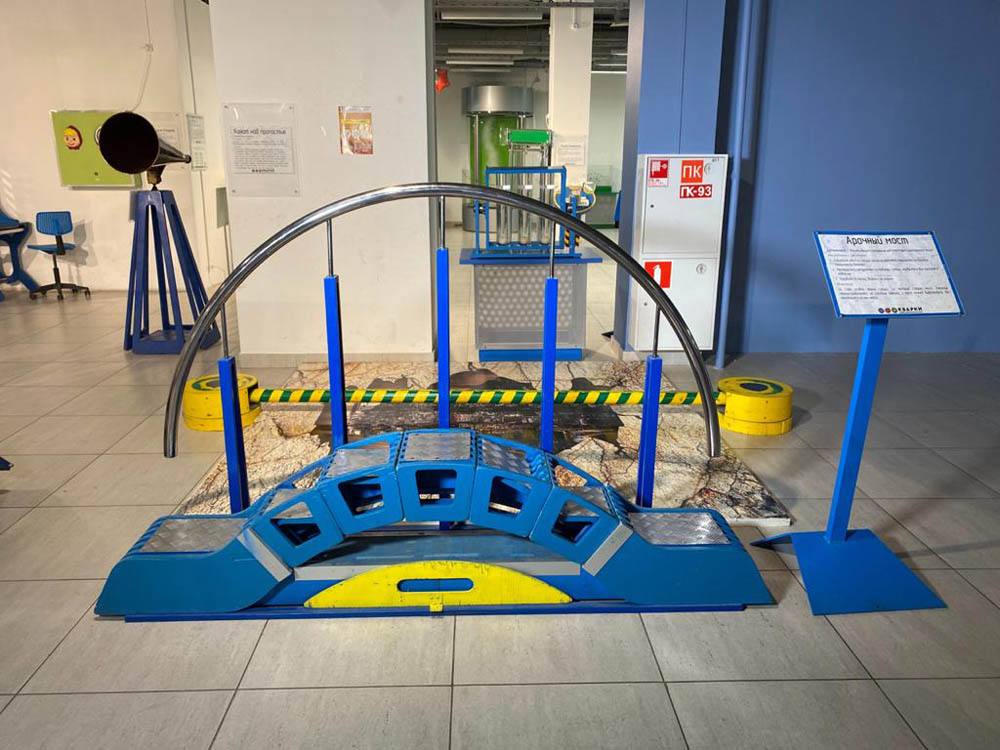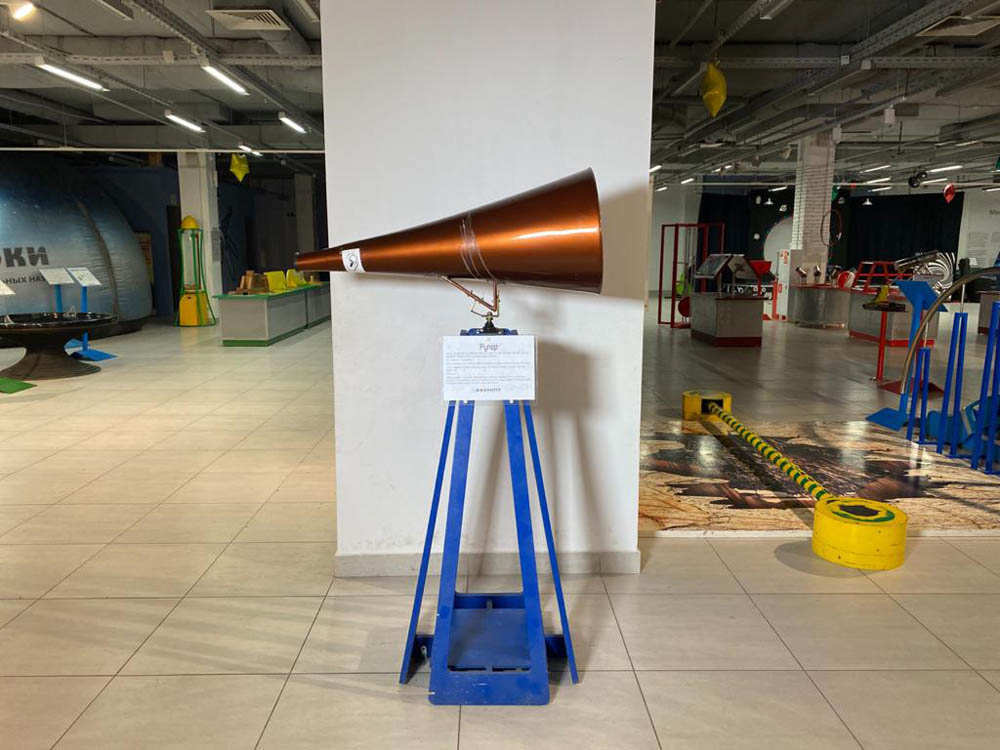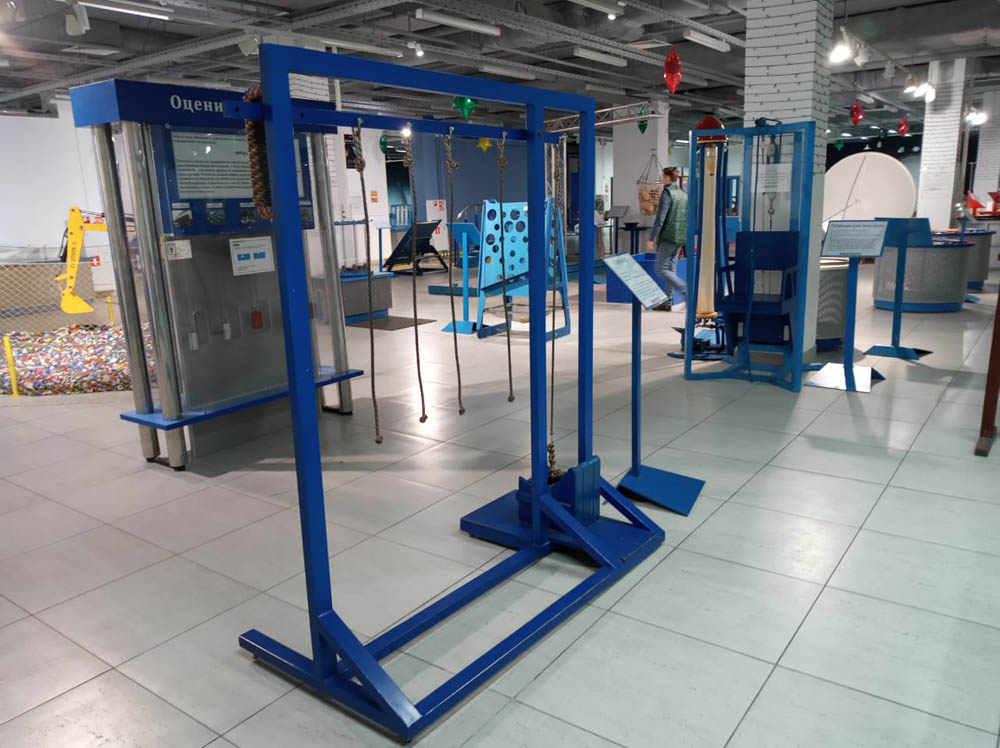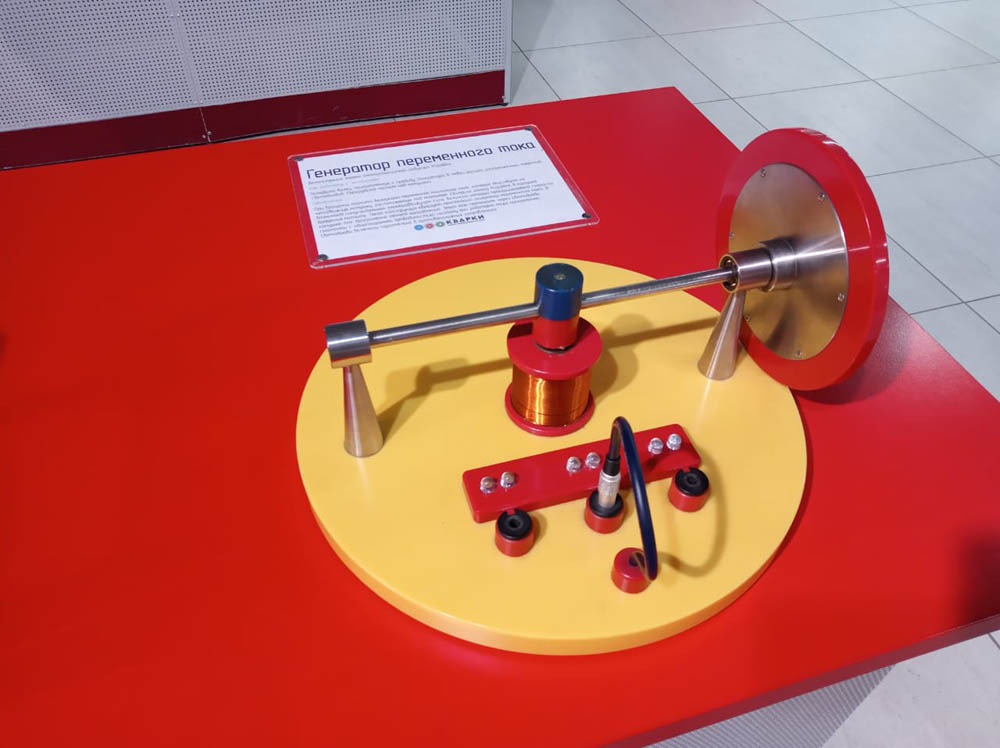On Wednesday, a team of the Association of Private Museums of Russia visited the Quarks Museum of Entertaining Sciences in Nizhny Novgorod. This is a museum, the true value of which lies not in the exhibits themselves, but in understanding and disclosing their purpose and their role in the history of the engineering development in physics and in the history of all mankind as a whole. With the help of exhibits, a scientific description of the great discoveries of world-class scientists is given in simple words. For example, the Foucault Currents exhibit demonstrates the effect of eddy currents, according to the principle of which microwave ovens still work. Alternator represents the law of electromagnetic induction, created by the English physicist Michael Faraday. Rheostat is directly related to the law formulated by the German physicist Georg Ohm, who experimentally determined the principle of the relationship between the current in the circuit, voltage and resistance. The Law of the Leverage explains the rule of Archimedes, who described the balance of forces on the lever; applying the concept of balance of forces, it is now possible to lift heavy objects using little effort. The Quarks Museum of Entertaining Sciences will soon become a part of our Association as a museum that preserves the intangible values of world science.
During the tour, our reporter managed to talk to the guide and record an interview with Maxim Paskin, one of the leaders of the Museum.
– Who wants to participate in the experiment? – asks Sergey Konev, host of interactive programs, and offers to demonstrate the work of Bernoulli’s law using an exhibit. Sergey is holding an ordinary plastic disk. Air is blowing from the pipe. Sergei presses the disc against the pipe and lets it go, but the disc does not fall.
– Do you have an idea why it doesn’t fall? – asks the guide.
– Maybe the air starts to blow in the opposite direction? – says the reporter.
– The thing is that the air flow above the disk moves very quickly, and a low-pressure region is created there, and there is no air flow from below, there is only atmospheric pressure, and it presses on the disk from below. Remember this: any object is always pressed into the low-pressure region, and by the way, planes fly according to the same principle, – Sergey explains.
There are more male professions related to physics than female ones, but does this mean that among schoolchildren, boys are more interested in physics?
– Sergei, have you noticed who is more attracted to your museum, boys or girls?
– To be honest, having in mind adult visitors, schoolchildren of 10 – 11 grades and older people, they often come to us in pairs. Younger schoolchildren usually come to us with their classmates, so it is very difficult to surely say who is more interested in physics, boys or girls. I also often notice that people come to us at an older age, let’s say over 50.
– I see that you have a separate room in the Museum and there are tables and chairs in it, is it for holding any scientific conferences?
– No, very often children come to us to celebrate their birthday, but we present to them a scientific interactive program. It consists of several directions: sort of schools, workshops and scientific quests. Children can also have tea there. They have fun and learn science this way.
– What is being done to make a person want to come to you on the weekend?
– I can only be responsible for myself, what exactly am I doing for this. Everyone has become accustomed to shopping centers for a long time, and there is nothing interesting in them, the same as with standard types of leisure time: cinemas, restaurants, sightseeing or shopping. But my friends always get interested when they hear about the Science Museum, because this is something non-standard. When I tell them that we have over a hundred exhibits devoted to the laws of physics that you can rotate, twist and do almost anything with them, of course, they show interest and come.
– What does it take to be like you, an interesting host of interactive tour programs?
– In fact, it is very important that people live by their idea, and then they will make high-quality things. It happens that sometimes it is quite difficult to find an employee… Usually, high quality is obtained when people eager to work, create something themselves, study and bring it to perfection.
– If you were a director, what criteria would you use to select personnel for the job?
– Yes, it’s not such an easy task. Of course, I would try to look for people somehow related to physics or very interested in physics. Not everyone will go for it as some are afraid because they do not know much, but if a person really wants it and he has some knowledge of physics, of course, I would hire him.
There is a large number of certificates and letters of thanks behind the glass showcase, which is quite a fair high mark. When asked how it was possible to tie together interactive program and science and stay up, Maxim Paskin, general director of Quarks LLC, says the following:
– We operate on the money we earn. If the museum would be separated from the content that we provide, it would probably be a loss. Choosing between the format of a traditional museum and an entertainment area, we try to occupy a certain happy medium. When an interactive show is on, the audience is attracted there, we explain why this happens, why nitrogen evaporates, why you can stick your hand into nitrogen, but you shouldn’t keep it there for a long time. This format has already paid off. We started with this thing and have been trying to preserve it for seven years now, creating new programs, updating them, but at the same time keeping what is already working.
– Do any industry members support your ideas?
– At our level, we are very closely interacting with the Center for Social Innovation and the Ministry of Industry, Trade and Entrepreneurship. We did pilot projects and attracted city’s and region’s major employers to create joint expositions. Now, due to the coronavirus, they are put on the back burner. We successfully negotiated with the Gorky railway, Vyksa Metallurgical Company and Arzamas Instrument Plant.
– Why Arzamas Instrument Plant?
– Why did the Arzamas Instrument Plant become interesting? That’s because it is engaged in aircraft construction. Here we can convey to the children in simple words what this plant is doing and translate it into a language that will be well perceived by children.
– In simple words: you have defined a goal for yourself and would like to find more opportunities to reach this goal, right?
– Yes, because even that same Gorky Railway, which has its own museum, lets visitors in for free, and if you compare the visitor traffic that pass through our museum and through the Gorky Railway Museum, the difference is tenfold. We need to be friends with such museums; as they say now, we need to collaborate. We are trying to revive this matter, and if it works out, I think it will be a kind of new step in our history. And perhaps it will be useful for museums from other cities, which are not yet heading this direction.
– We heard that your exposition will be transformed by winter. Will there be something new?
– By December of this year, we will be opening a new exposition called Based on the Air; it will demonstrate how an airplane flies and why the wings of an airplane are shaped like that. We will install the exhibits and, using these examples, show what aerodynamics is. We are now preparing this exhibition leveraging resources from Atomenergoproekt. There are no more such museums in which the laws of physics are demonstrated together with enterprises.
– Maxim Andreevich, thank you for this conversation and for the interesting tour. Welcome to the Association of Private Museums of Russia.
